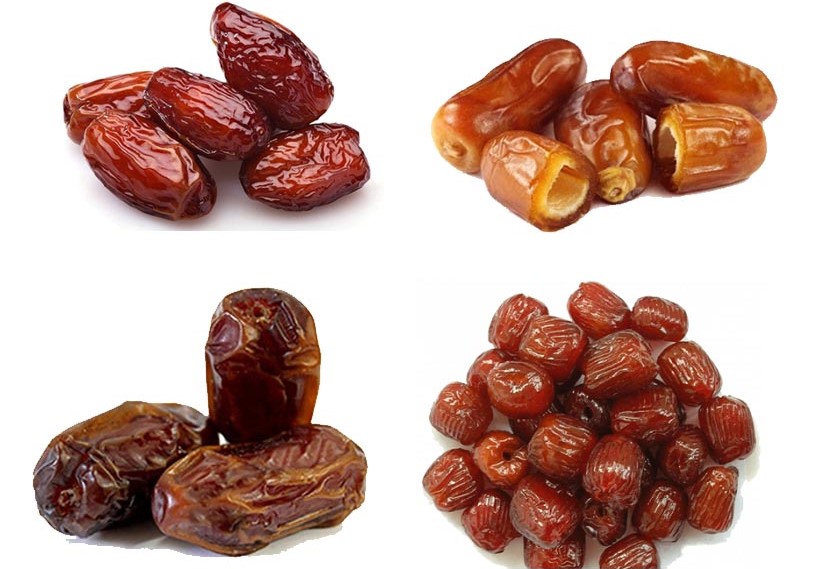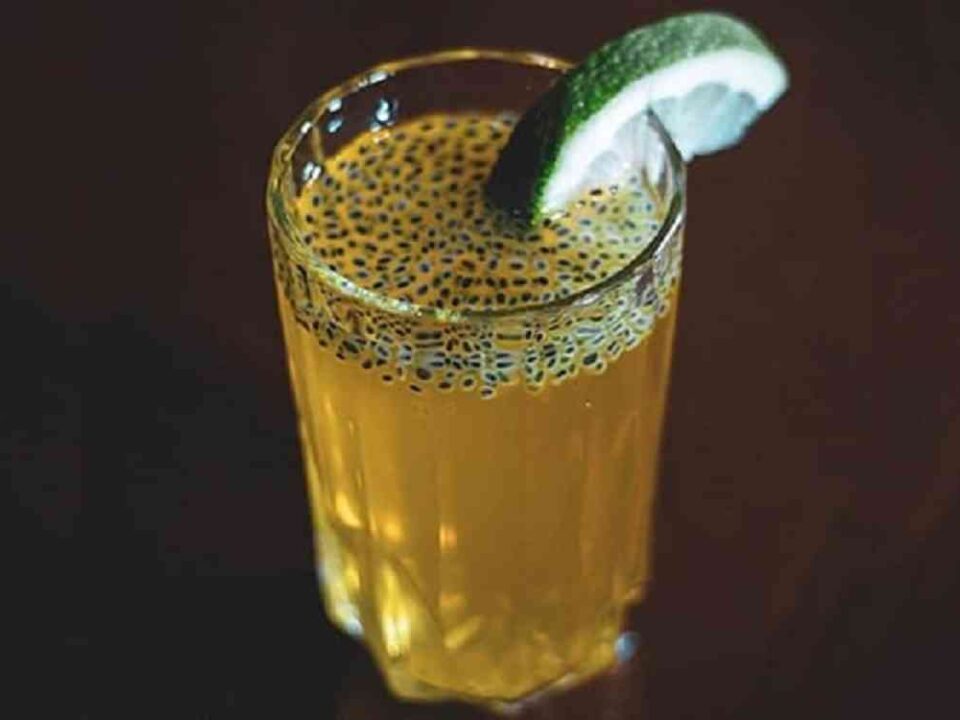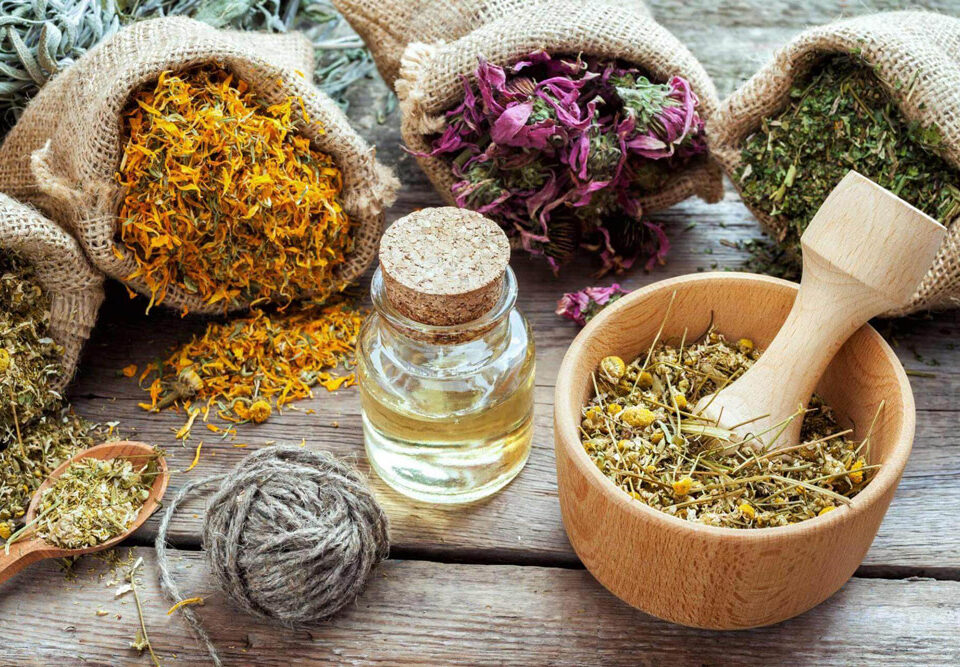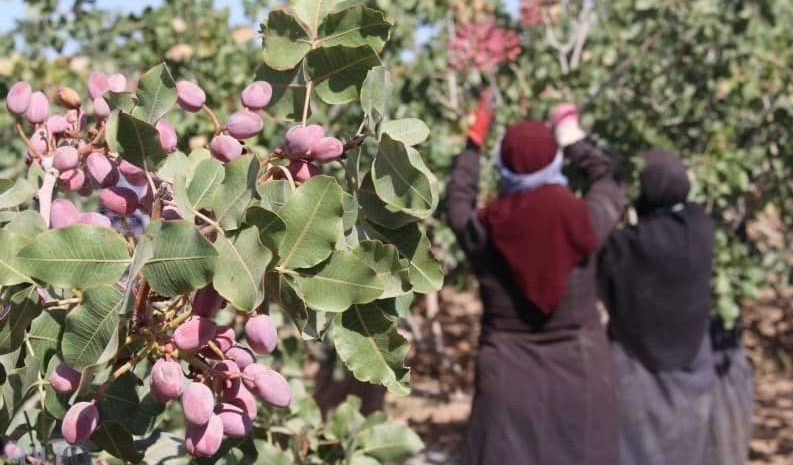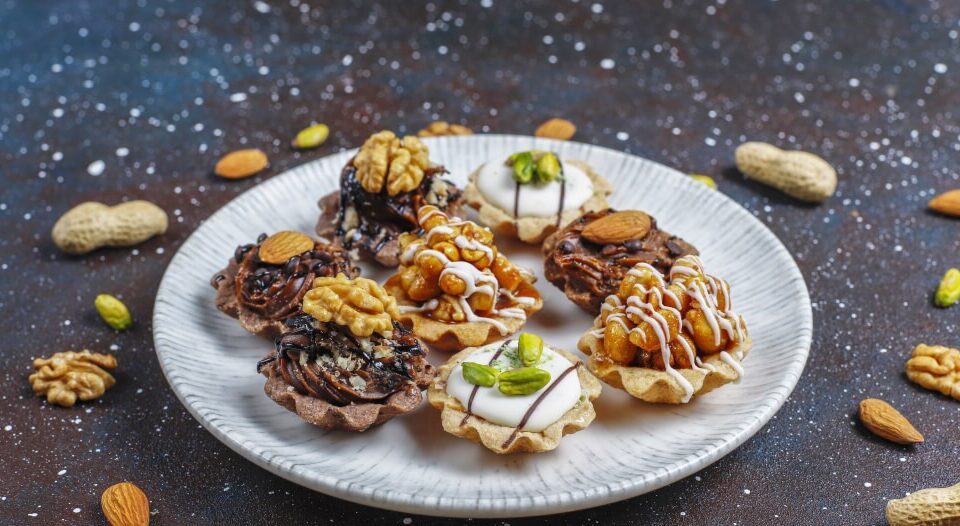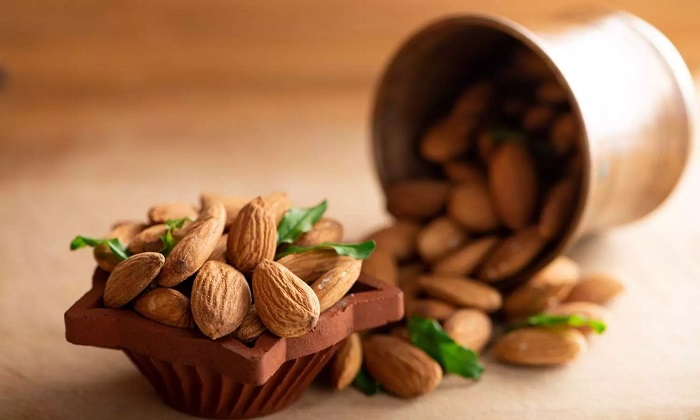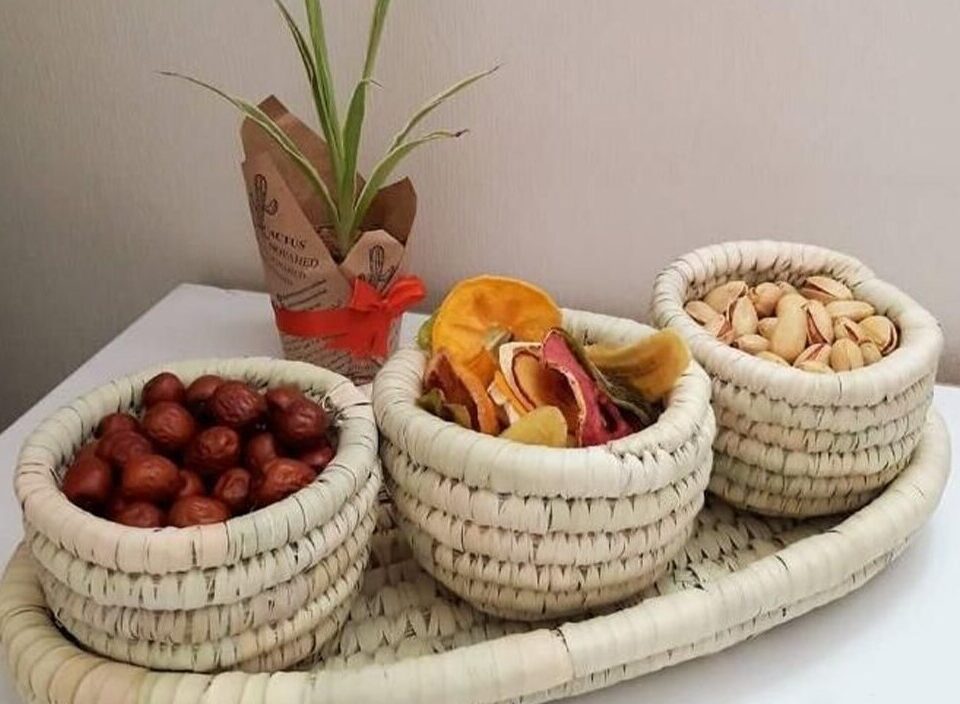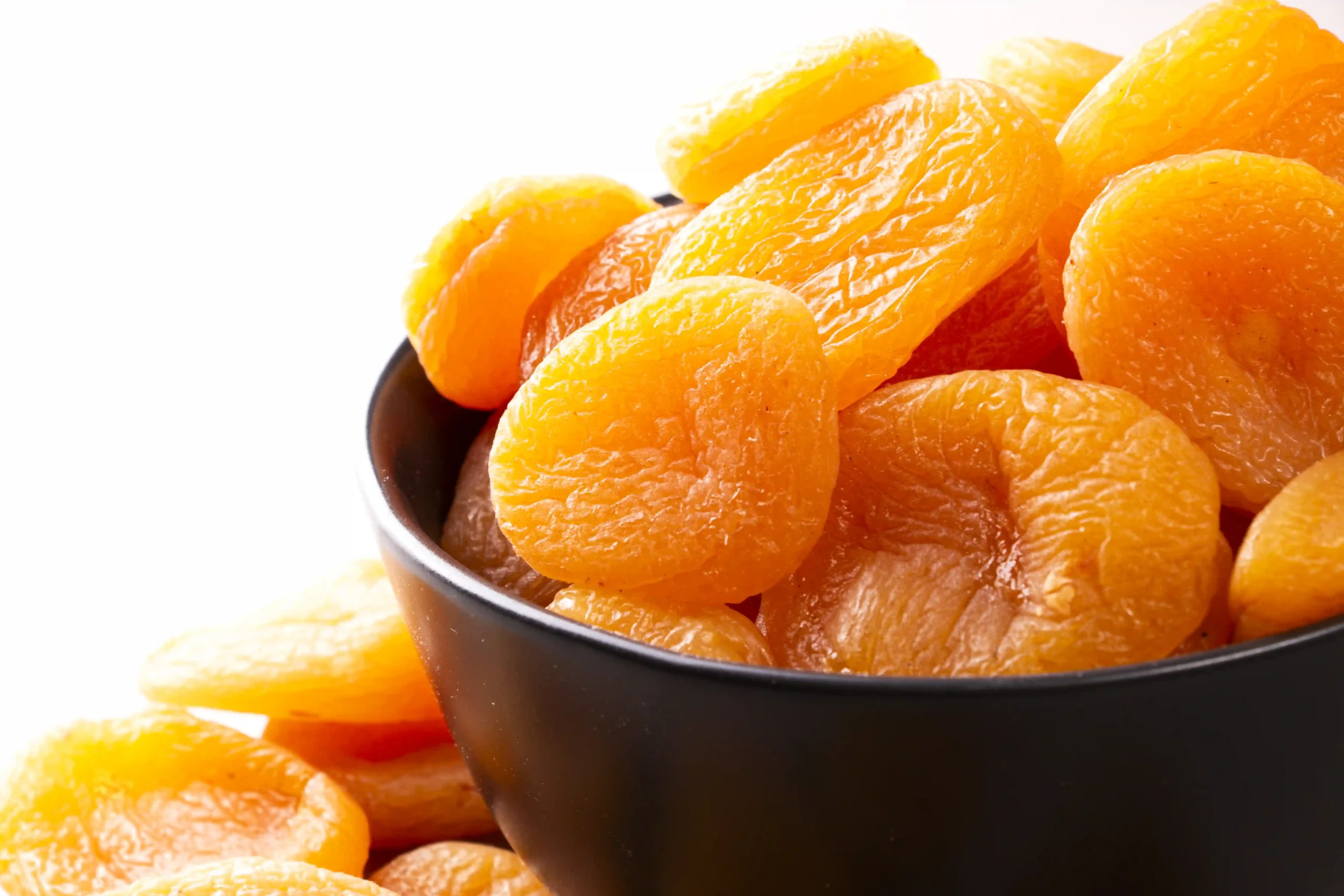
How Iran Became a Global Leader in Dried Fruit Exports
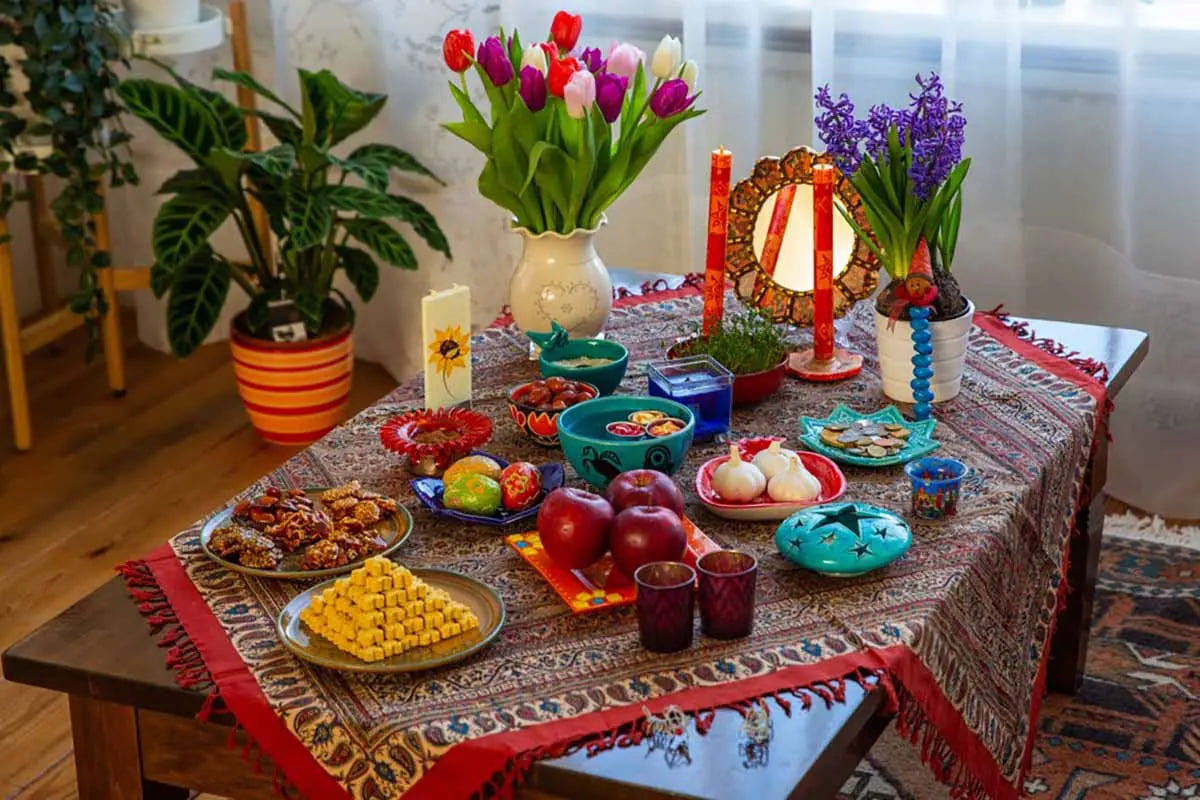
The Role of Nuts and Dried Fruits in Persian New Year (Nowruz)
A Guide to the Varieties and Their Uses
Iran is one of the world’s largest producers and exporters of dates, and the country is home to a rich variety of data types, each with its unique flavor, texture, and culinary applications. Dates are not only a staple of the Iranian diet but also an important export product. Known for their natural sweetness, nutritional benefits, and versatility, dates from Iran are prized globally for their quality.
Here’s a guide to some of the most popular Iranian date varieties, along with their characteristics and best uses in cooking and snacking.
1. Mazafati Dates (Bam Dates)
Mazafati dates, also known as Bam dates, are one of the most famous and widely consumed varieties in Iran. These dates are soft, moist, and have a rich, caramel-like flavor, making them incredibly popular for both snacking and cooking.
Characteristics:
- Color: Dark brown to black.
- Texture: Soft and sticky with a high moisture content.
- Flavor: Rich, sweet, and caramel-like with a melt-in-the-mouth texture.
- Size: Medium-sized, about 2-4 cm in length.
Uses:
- Snacking: Due to their soft and sweet nature, Mazafati dates are perfect for eating as a snack or dessert.
- Smoothies and Shakes: These dates blend easily into smoothies and shakes, adding natural sweetness and a creamy texture.
- Stuffed Dates: Mazafati dates can be stuffed with nuts like almonds or walnuts for a nutritious snack.
Best For:
- Snacking and smoothies due to their moisture and sweetness.
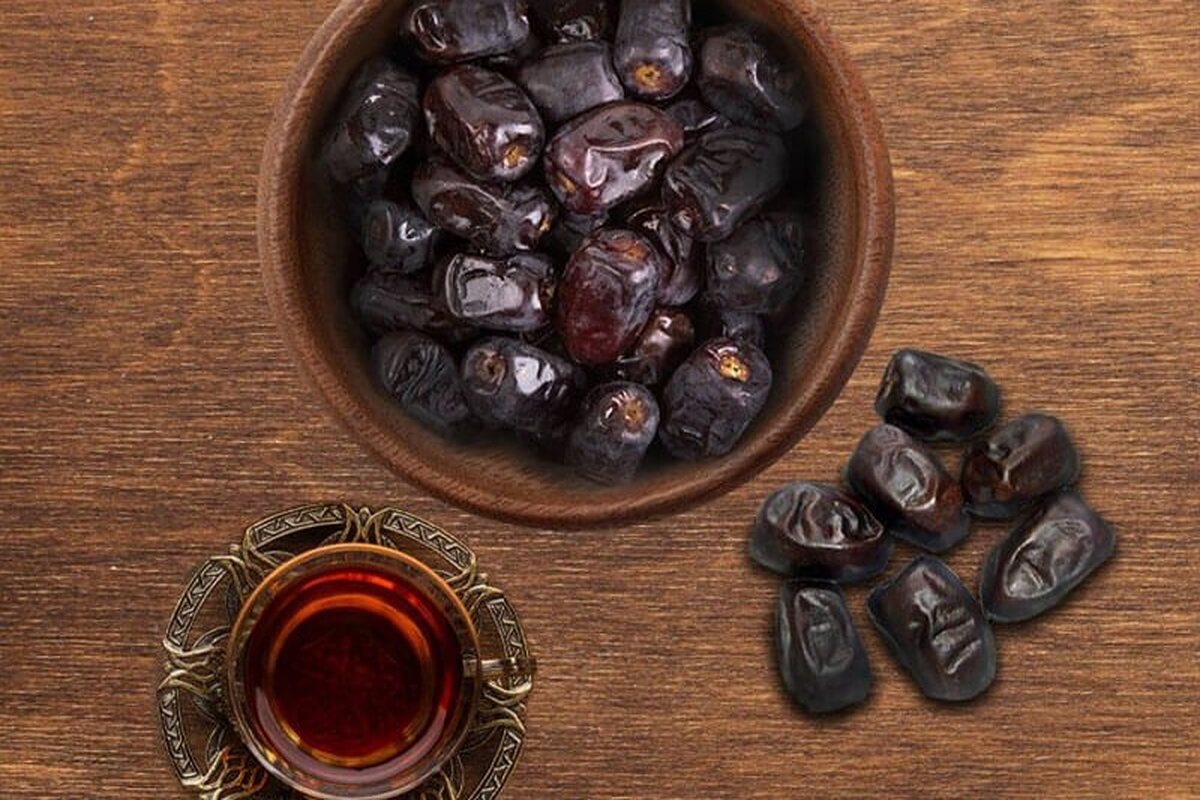
Mazafati Dates
2. Piarom Dates (Chocolate Dates)
Piarom dates, also known as chocolate dates, are one of the most premium varieties of dates from Iran. They are drier than Mazafati dates but have a chewy texture and a unique flavor that is slightly nutty and less sweet, making them a favorite among those who prefer a less sugary date.
Characteristics:
- Color: Dark brown with thin, wrinkled skin.
- Texture: Chewy with a lower moisture content than other soft dates.
- Flavor: Sweet, slightly nutty, and rich, with a hint of caramel or chocolate-like notes.
- Size: Large, elongated dates, about 4-6 cm in length.
Uses:
- Snacking: Piarom dates are perfect for snacking due to their complex flavor and chewy texture.
- Salads: Chop Piarom dates and add them to salads for a touch of sweetness.
- Baking: Piarom dates can be used in baked goods like cakes, breads, or energy bars.
Best For:
- Gourmet snacking, baking, and adding to salads.
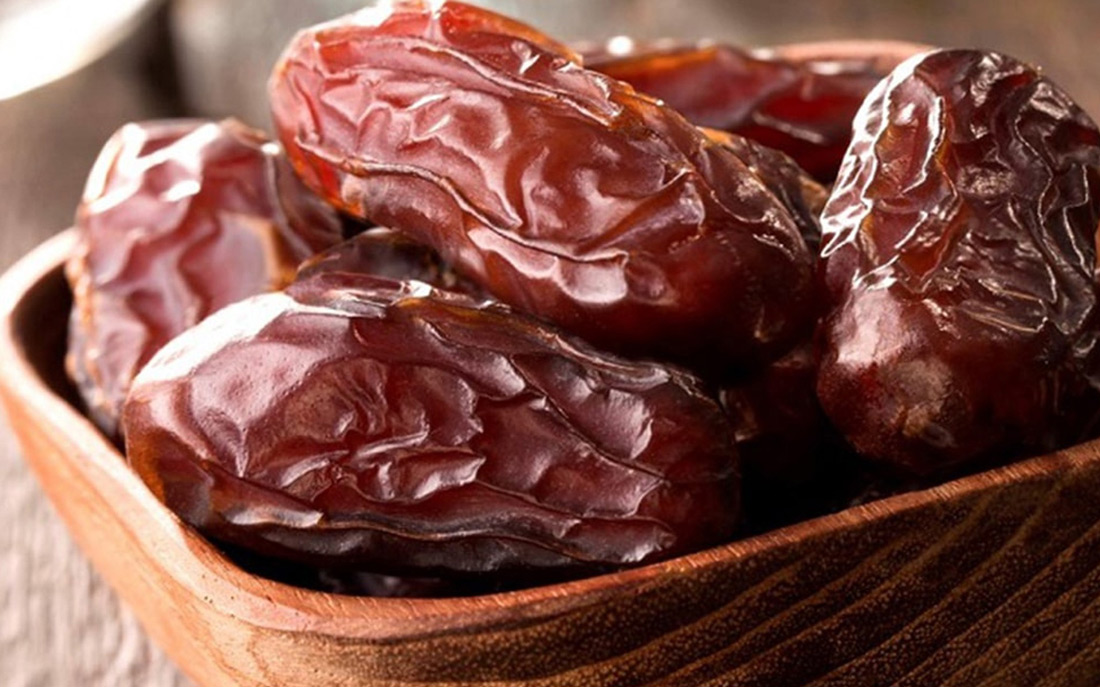
Piarom Dates (Chocolate Dates)
3. Kabkab Dates
Kabkab dates are large, soft dates that are commonly used in cooking and sweet dishes due to their very sweet flavor and syrupy texture. This variety is also widely consumed fresh or dried and is often used to make date syrup.
Characteristics:
- Color: Dark brown to black when fully ripened.
- Texture: Soft and sticky with a high moisture content.
- Flavor: Extremely sweet and syrupy.
- Size: Large, elongated dates, about 5-6 cm in length.
Uses:
- Date Syrup: Kabkab dates are often used to make date syrup, a natural sweetener in Persian cuisine.
- Cooking: These dates are commonly used in traditional Iranian desserts like halva or mixed into rice dishes for added sweetness.
- Snacking: Their syrupy sweetness makes them ideal for eating as a sweet treat.
Best For:
- Cooking, making date syrup, and traditional Persian desserts.
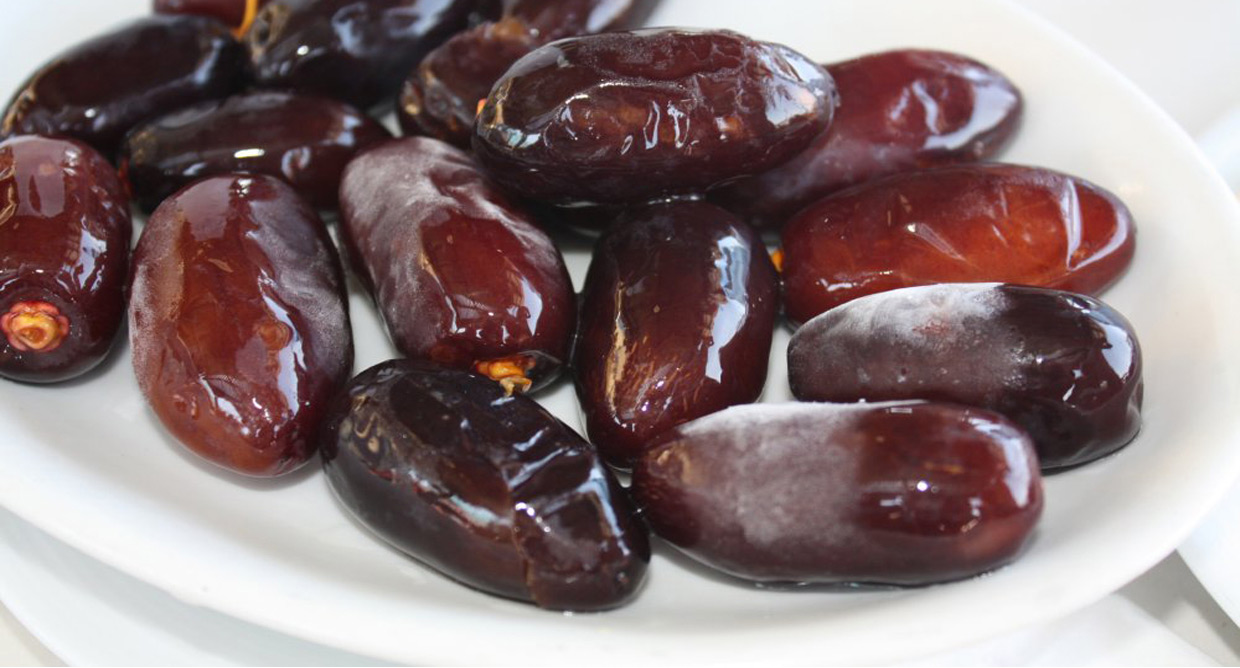
Kabkab Dates
4. Sayer (Estameran) Dates
Sayer dates, also known as Estameran dates, are one of Iran’s most popular export varieties. These semi-dry dates have a long shelf life and are known for their moderate sweetness, making them a versatile ingredient in both sweet and savory dishes.
Characteristics:
- Color: Amber to dark brown.
- Texture: Semi-dry, soft but slightly firm.
- Flavor: Moderately sweet with a mild caramel flavor.
- Size: Medium-sized, about 3-5 cm in length.
Uses:
- Baking: Sayer dates are great for baking due to their semi-dry texture, which holds up well in cookies, cakes, and bread.
- Culinary Uses: These dates are often chopped and added to salads, rice dishes, or tagines for a hint of natural sweetness.
- Snacking: Sayer dates are also commonly enjoyed on their own or with nuts.
Best For:
- Baking, cooking, and adding to savory dishes like stews or salads.
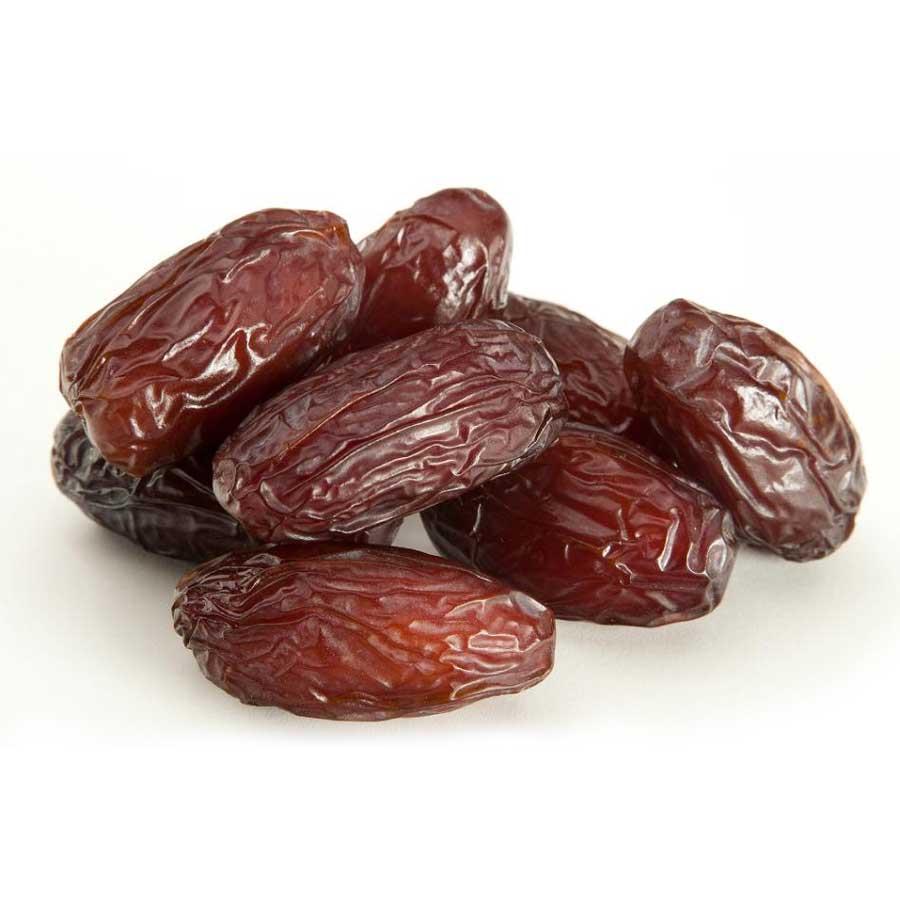
Sayer (Estameran) Dates
5. Zahedi Dates (Qasb Dates)
Zahedi dates are one of the drier varieties of dates from Iran. Known for their firm texture and nutty flavor, Zahedi dates are often used in baking or as a natural sweetener in recipes that require a less sticky and less sugary date.
Characteristics:
- Color: Golden brown to light amber.
- Texture: Dry and firm with a crunchy skin.
- Flavor: Mildly sweet with a nutty, earthy flavor.
- Size: Medium-sized, about 3-5 cm in length.
Uses:
- Cooking and Baking: Zahedi dates are excellent for recipes that call for a dry date, as they hold their shape well during cooking.
- Salads and Stuffing: Their firmer texture makes them ideal for stuffing with nuts or cheese and adding to salads.
- Snacking: These dates are less sweet, making them a good option for those looking for a mildly sweet snack.
Best For:
- Baking, stuffing, and recipes that require a less sticky and more firm date.
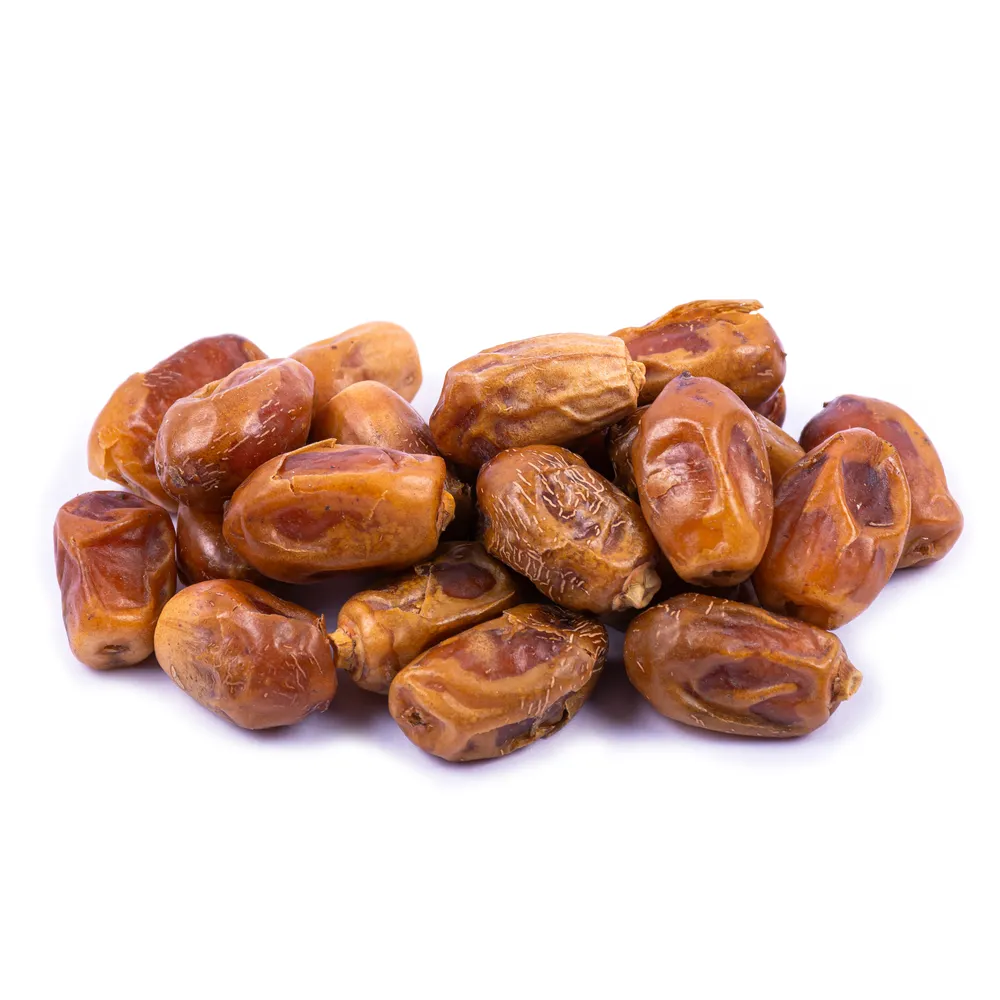
Zahedi Dates (Qasb Dates)
6. Rabbi Dates
Rabbi dates are a popular variety in Iran’s Sistan and Baluchestan province. These dates are semi-dry with a chewy texture and are known for their rich, caramel-like sweetness, making them perfect for desserts or as a natural sweetener.
Characteristics:
- Color: Deep brown with a glossy finish.
- Texture: Semi-dry and chewy.
- Flavor: Sweet with rich caramel and honey-like undertones.
- Size: Medium to large, about 3-5 cm in length.
Uses:
- Sweetener: Rabbi dates can be used as a natural sweetener in desserts, smoothies, and energy bars.
- Desserts: These dates work well in Persian desserts, as well as in modern recipes like date energy balls or raw bars.
- Snacking: Their chewiness and sweetness make them a great choice for snacking.
Best For:
- Desserts, smoothies, and a natural sweetener.
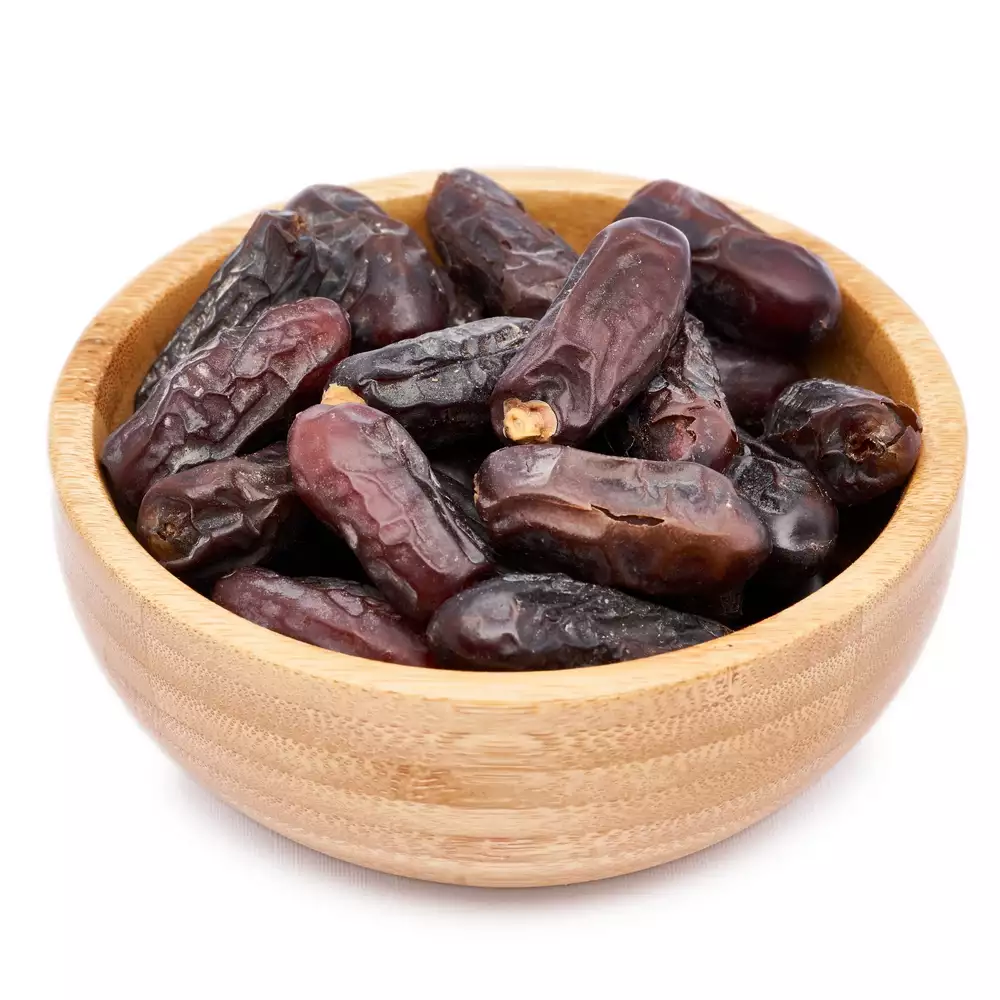
Rabbi Dates
7. Khasoei Dates
Khasoei dates are small, soft dates that are highly prized for their natural sweetness and high moisture content. These dates are particularly popular in southern Iran and are often used in local sweets and dishes.
Characteristics:
- Color: Dark brown.
- Texture: Soft and juicy with a high moisture content.
- Flavor: Extremely sweet with a melt-in-the-mouth texture.
- Size: Small-sized, about 2-3 cm in length.
Uses:
- Snacking: Due to their small size and sweetness, Khasoei dates are ideal for snacking.
- Date Syrup: Like Kabkab dates, Khasoei dates are often used to make date syrup, which is commonly used as a sweetener in Persian cooking.
- Desserts: These dates can be used in a variety of sweet dishes, from cakes to stuffed dates.
Best For:
- Snacking, making date syrup, and desserts.
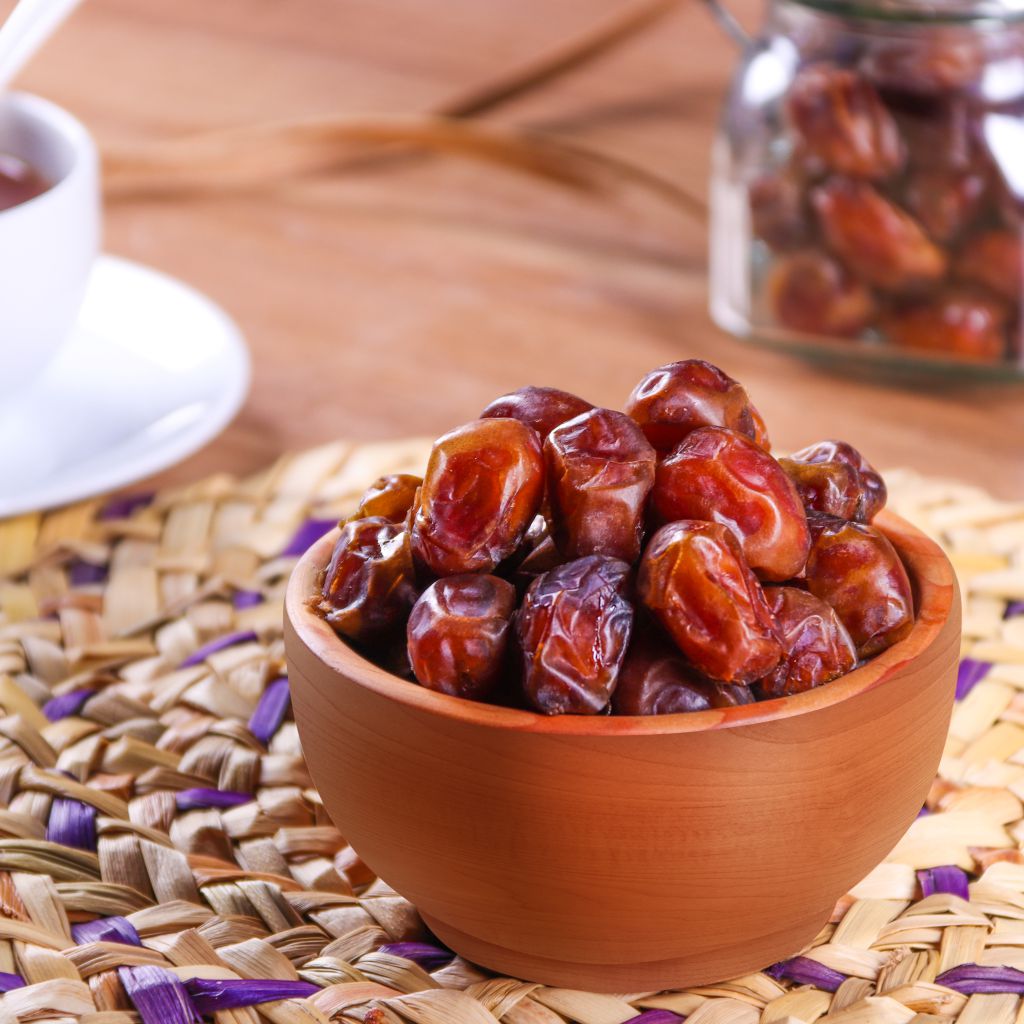
Khasoei Dates
Conclusion
Iran is home to a wide variety of dates, each with its unique characteristics, from the soft and moist Mazafati dates to the chewy and luxurious Piarom dates. These dates are not only enjoyed as snacks but also play a key role in cooking baking, and traditional Persian desserts. Whether you prefer the soft sweetness of Mazafati dates or the chewy richness of Piarom dates, Iranian dates offer a world of flavors and textures that cater to every palate and culinary need.

